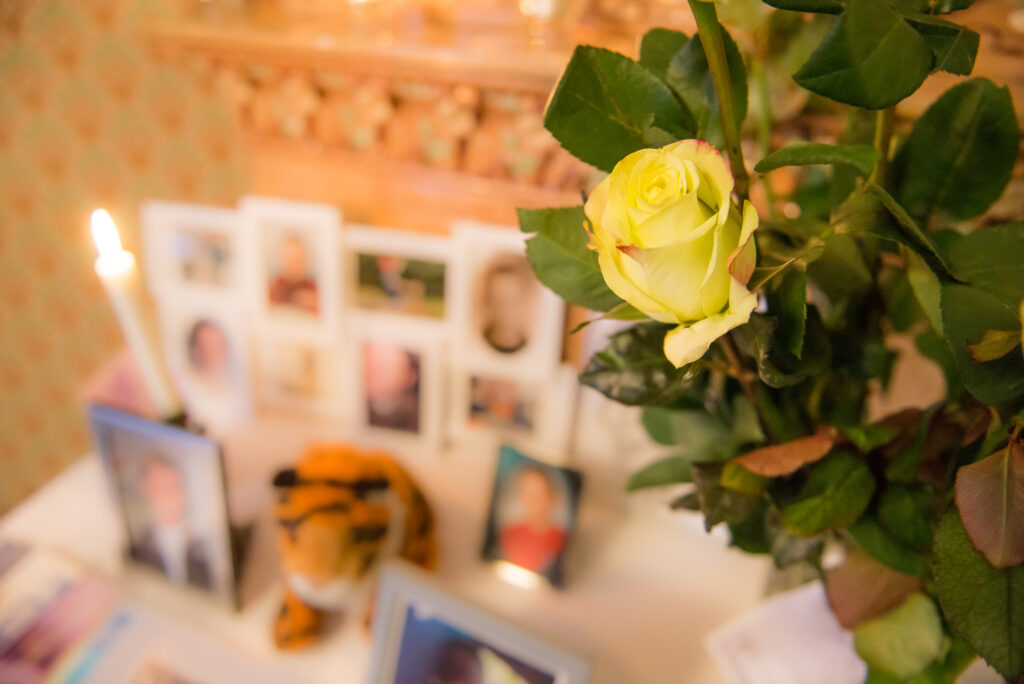
Elder Death Scenes
If the death is suspicious, consider whether elder abuse caused and/or contributed to the death. Observe for signs of death by physical abuse or neglect.
Signs Of Death By Elder Abuse Are…
- Unclean or uninhabitable quarters
- Soiled sheets and mattress (check underside of mattress)
- Spoiled food in the refrigerator, or insufficient food
- Bruised eyes and/or eyelids
- Untrimmed and curled fingernails
- Injuries to the decedent’s body, including bed sores, bruising, fractures
- Emaciated, sunken body
- Expired medications or empty medication bottles
If You Suspect Elder Abuse At A Death Scene, Ask…
- Is the living space appropriate for the older adult, given their medical condition(s) and level of independent functioning?
- Could the decedent use a telephone? Is it within reach?
- Ask open-ended questions such as “What happened?”
- Does the story fit? Is it believable?
- When was the last doctor’s visit? Who was the doctor? (Verify with the medical office.)
- If the decedent was ill, did the caregiver seek medical attention? Show adequate concern?
- Is the caregiver knowledgeable about the decedent’s medical problems?
If You Suspect Elder Abuse…
- Use the First Responder Checklist to document and describe the decedent’s body and conditions of the home/environment.
- Take photographs of any physical injuries, as well as the living quarters. (See Photo Tips.)
- Take witness accounts and caregiver statements about the decedent’s health and well-being prior to death. (See Interviewing Older Adults.)
- Cross report to local ombudsman program, if the decedent is in a nursing home or long-term care program. (See Community Resource Referral.)
- Explore and document the possibility of all types of elder abuse (financial, sexual, physical, neglect).
